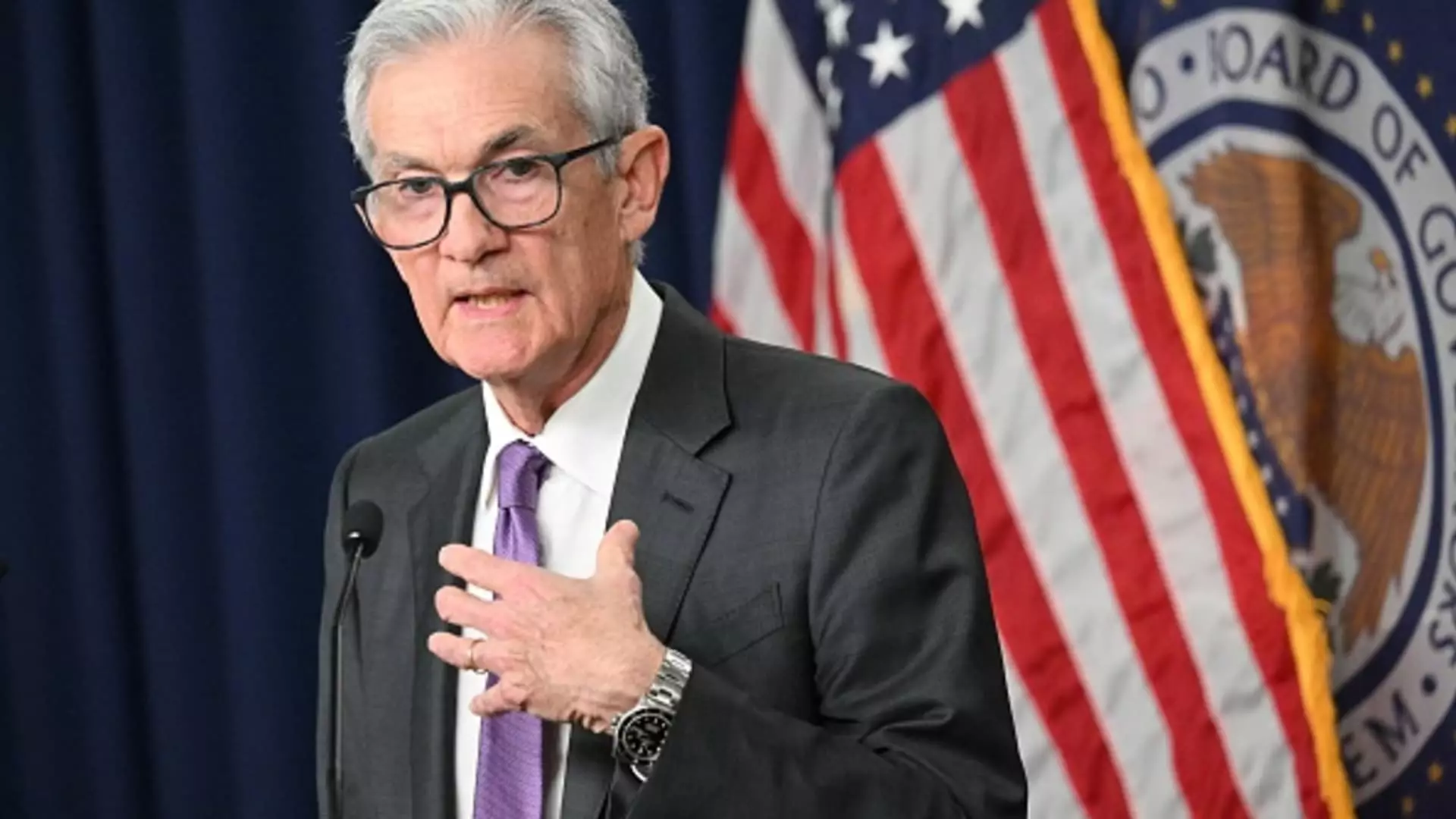The Federal Reserve recently made the decision to hold its ground on interest rates, choosing not to cut rates despite facing increasing challenges with inflation. This decision comes as the U.S. central bank continues to grapple with inflation that has proven to be more troublesome in recent times. The federal funds rate has been at a targeted range between 5.25%-5% since July 2023, marking the highest level in over two decades. The rate-setting Federal Open Market Committee has decided to ease the pace at which it is reducing bond holdings on the central bank’s balance sheet, signaling a potential incremental easing of monetary policy.
Following the recent meeting, the committee acknowledged a “lack of further progress” in bringing down inflation to its 2% target. The Fed also emphasized that it will only consider reducing the target range once it has gained increased confidence that inflation is moving sustainably towards the desired 2 percent mark. Moreover, the committee adjusted the language regarding its progress towards its dual mandate of price stability and full employment, indicating that the risks have somewhat shifted towards better balance over the past year.
In terms of the balance sheet, the Fed announced that it would slow the pace at which it is allowing maturing bond proceeds to roll off without reinvesting them. This adjustment represents a shift from the previous strategy of quantitative tightening, where up to $95 billion a month in proceeds from maturing Treasurys and mortgage-backed securities were allowed to roll off. Under the new plan, the monthly cap on Treasurys will be reduced to $25 billion, signaling a substantial change in the reduction of holdings.
Chair Jerome Powell’s news conference post the meeting will be closely watched for further insights into the Fed’s direction on interest rates. The funds rate influences overnight lending rates among banks and impacts various consumer debt products. Despite efforts to use interest rates to manage the flow of money and stabilize prices, consumers have continued to spend, leading to increased credit indebtedness and decreased savings levels. High inflation levels have eroded household finances, emphasizing the need for effective monetary policy adjustments.
Inflation remains a key concern for the Federal Reserve, with most data indicating that inflation rates are currently above the 2% annual target. The main gauge shows inflation running at a 2.7% annual rate, further exacerbated by slower-than-expected GDP growth in the first quarter. This combination of high inflation and tepid growth has raised fears of stagflation, prompting the Fed to reassess its monetary policy stance. Additionally, the recent spike in the Labor Department’s employment cost index has added more pressure on financial markets and prompted traders to revise their rate expectations significantly.
Federal Reserve officials have underscored the importance of patience in easing monetary policy and have emphasized the need for concrete evidence that inflation is on track to return to target levels. Some officials have even hinted at the possibility of a rate hike if the data does not align with their expectations. Atlanta Fed President Raphael Bostic, for instance, has expressed his anticipation of only one rate cut this year, likely towards the end of the year. This cautious approach reflects the Fed’s commitment to ensuring the stability of the economy amidst evolving inflation challenges.
The Federal Reserve’s decision to maintain interest rates highlights the complexities of managing inflation pressures while also supporting economic growth. The adjustments in monetary policy and the cautious stance on future rate movements underscore the Federal Reserve’s commitment to achieving its dual mandate of stable prices and full employment. As the economy navigates through uncertain times, the Federal Reserve’s actions will play a crucial role in shaping the country’s economic trajectory.

